Giganotosaurus
Name Origin
Giant Southern Lizard
Family
Carcharodontosauridae
Classification
Diapsida, Saurischia, Theropoda
Habitat (Discovery Location)
Argentina
Period
96 million years ago (Late Cretaceous)
Length
Approximately 13 meters
Weight
Approximately 6 to 8 tons
Diet
Carnivore (Meat-eater)
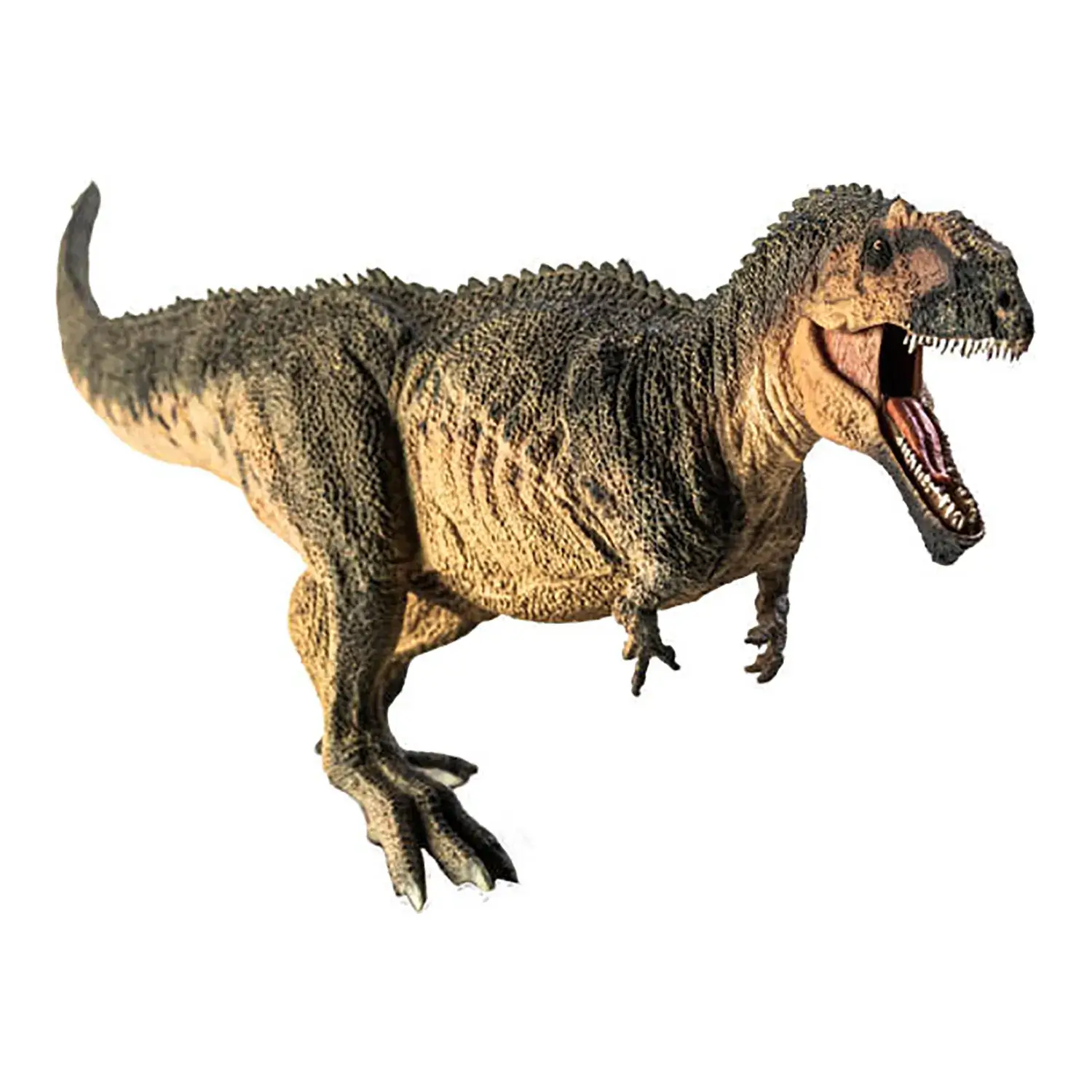
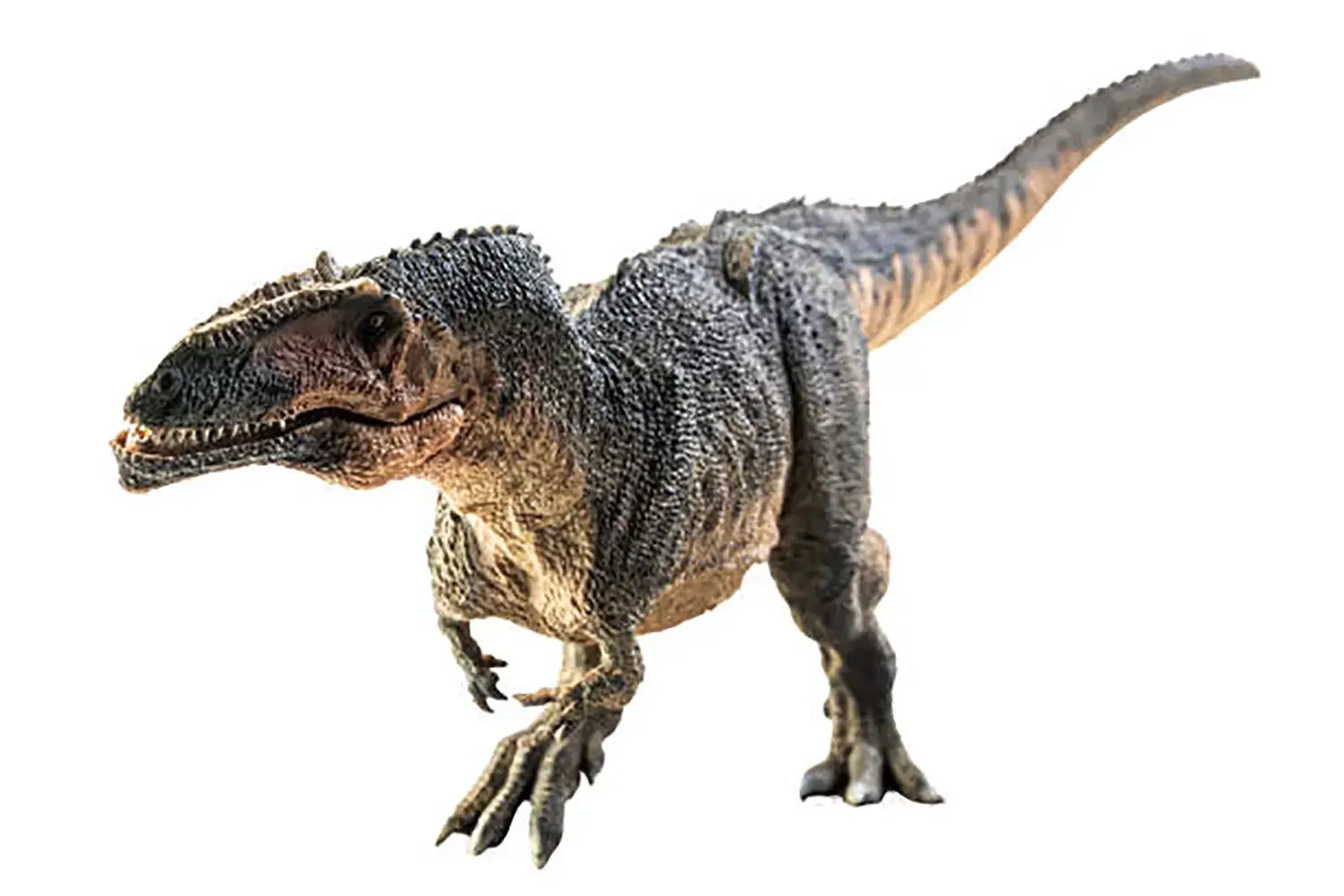
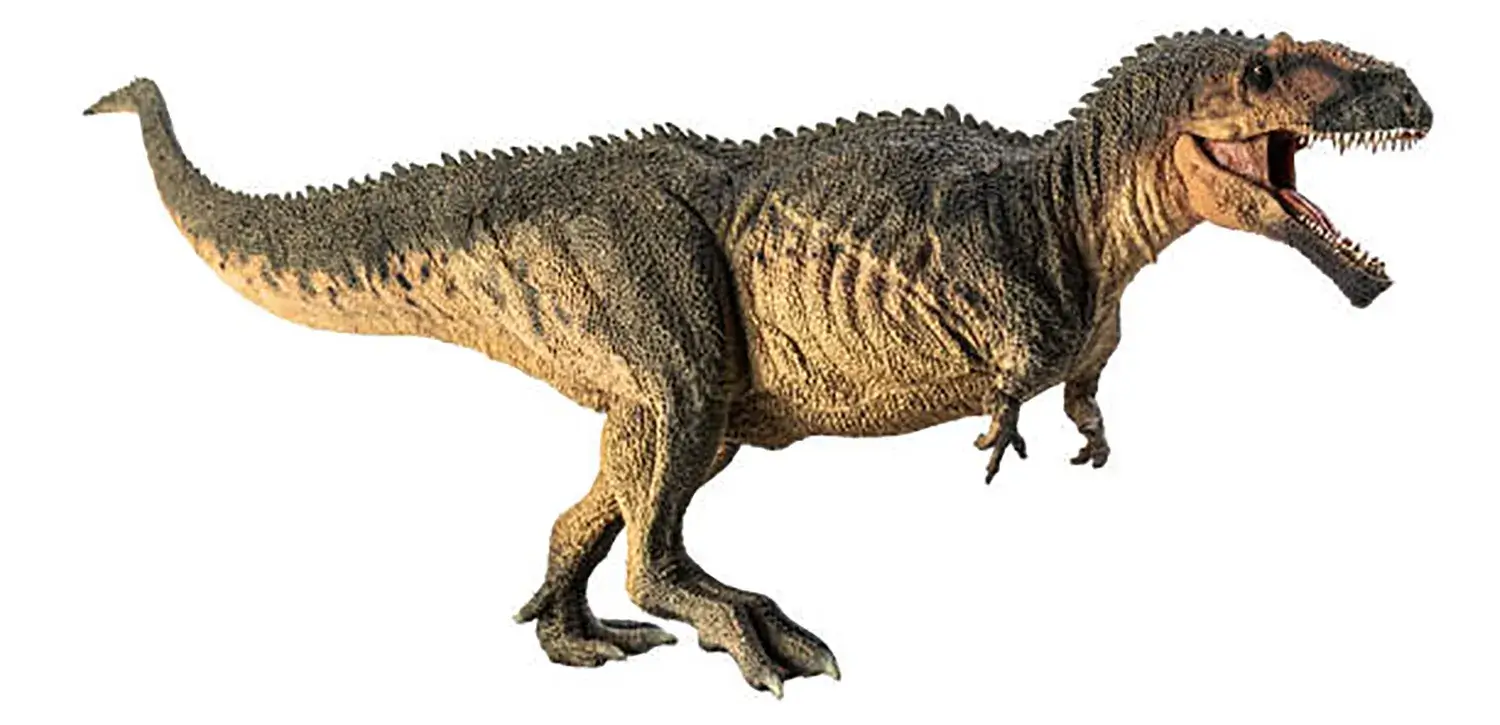
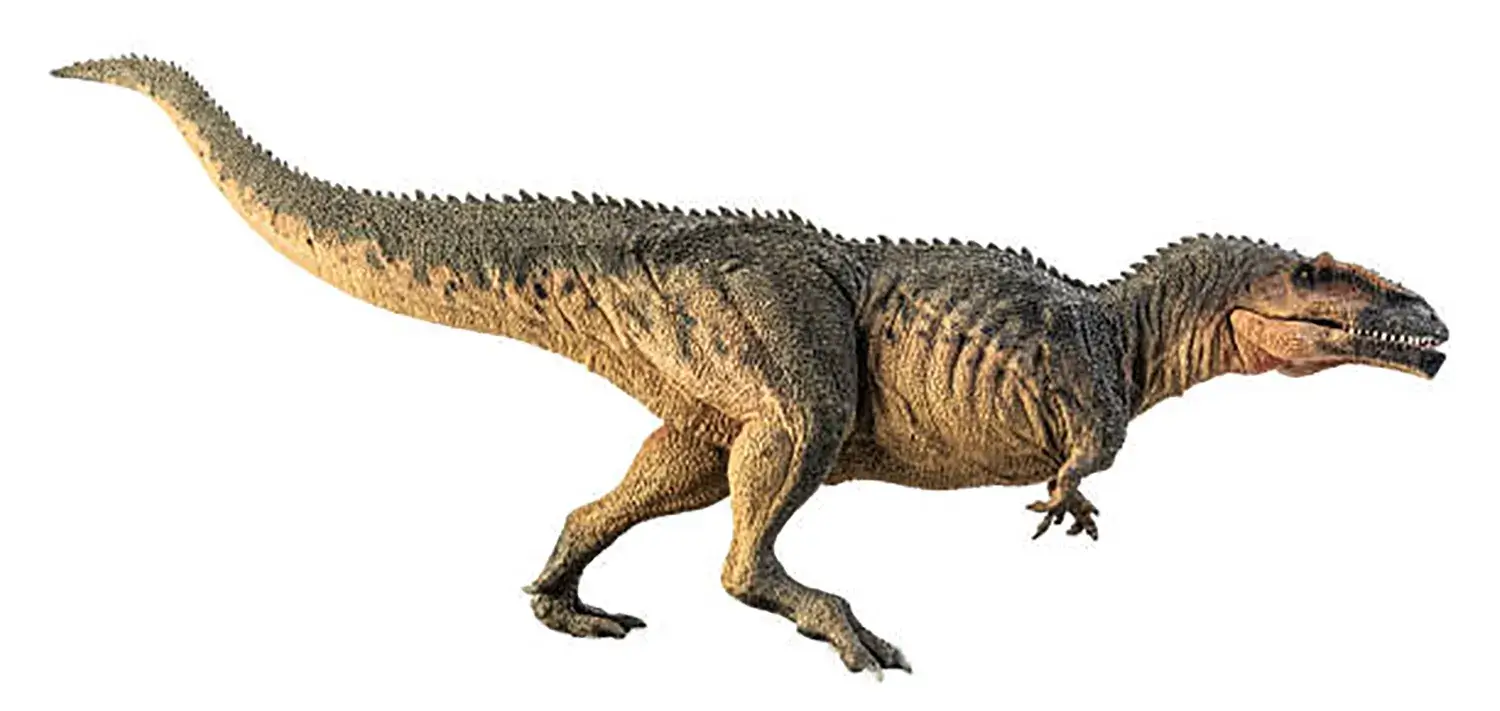
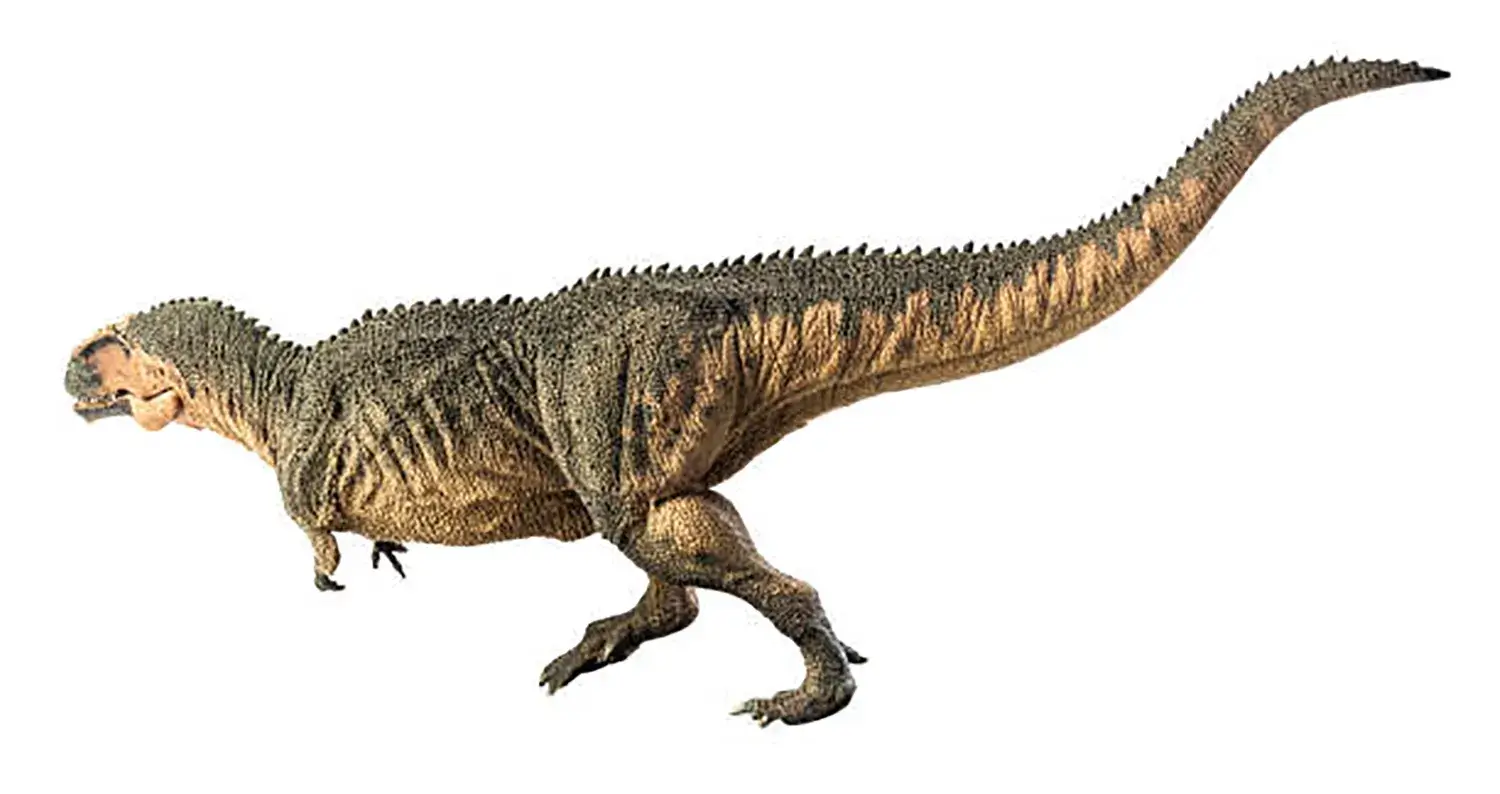
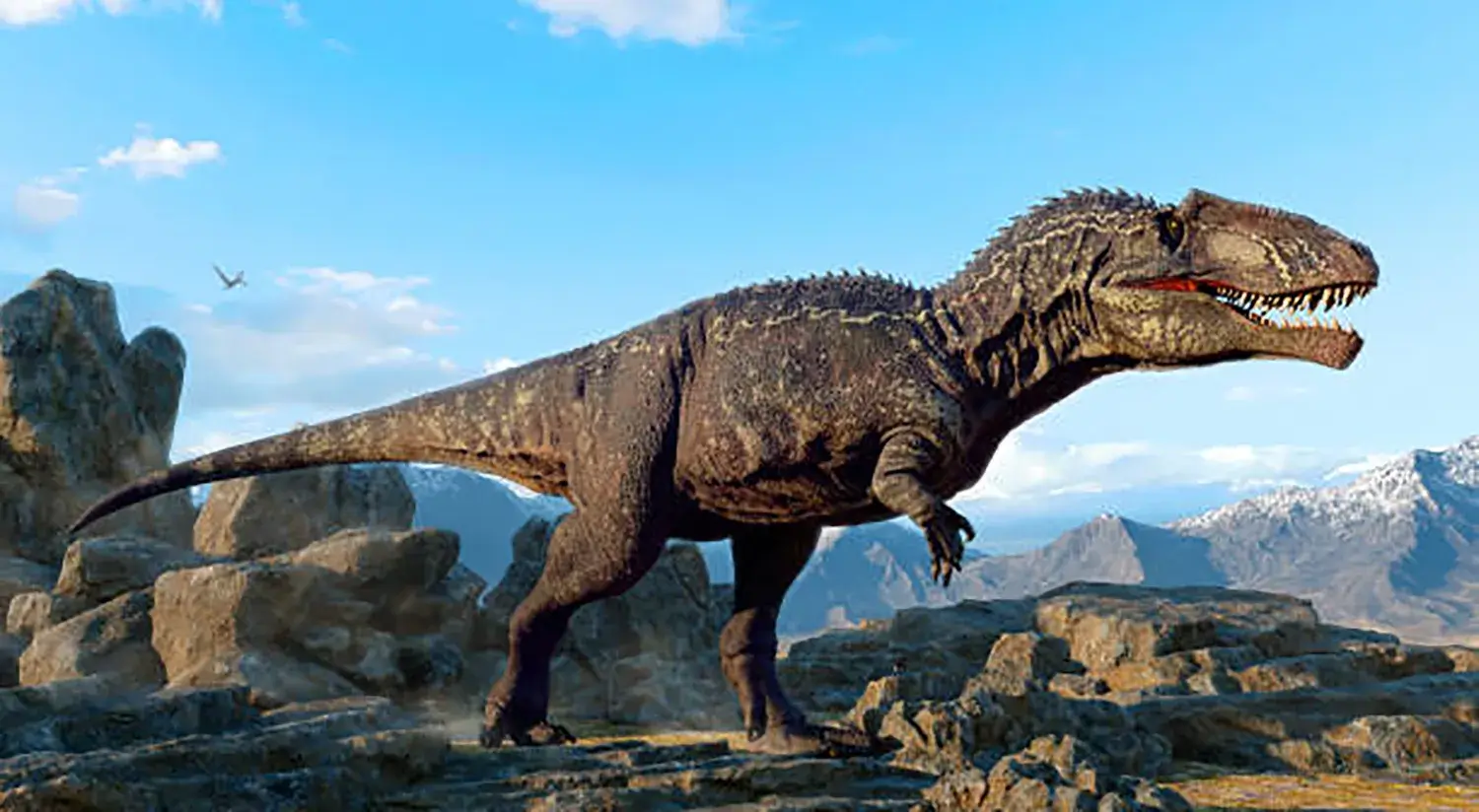
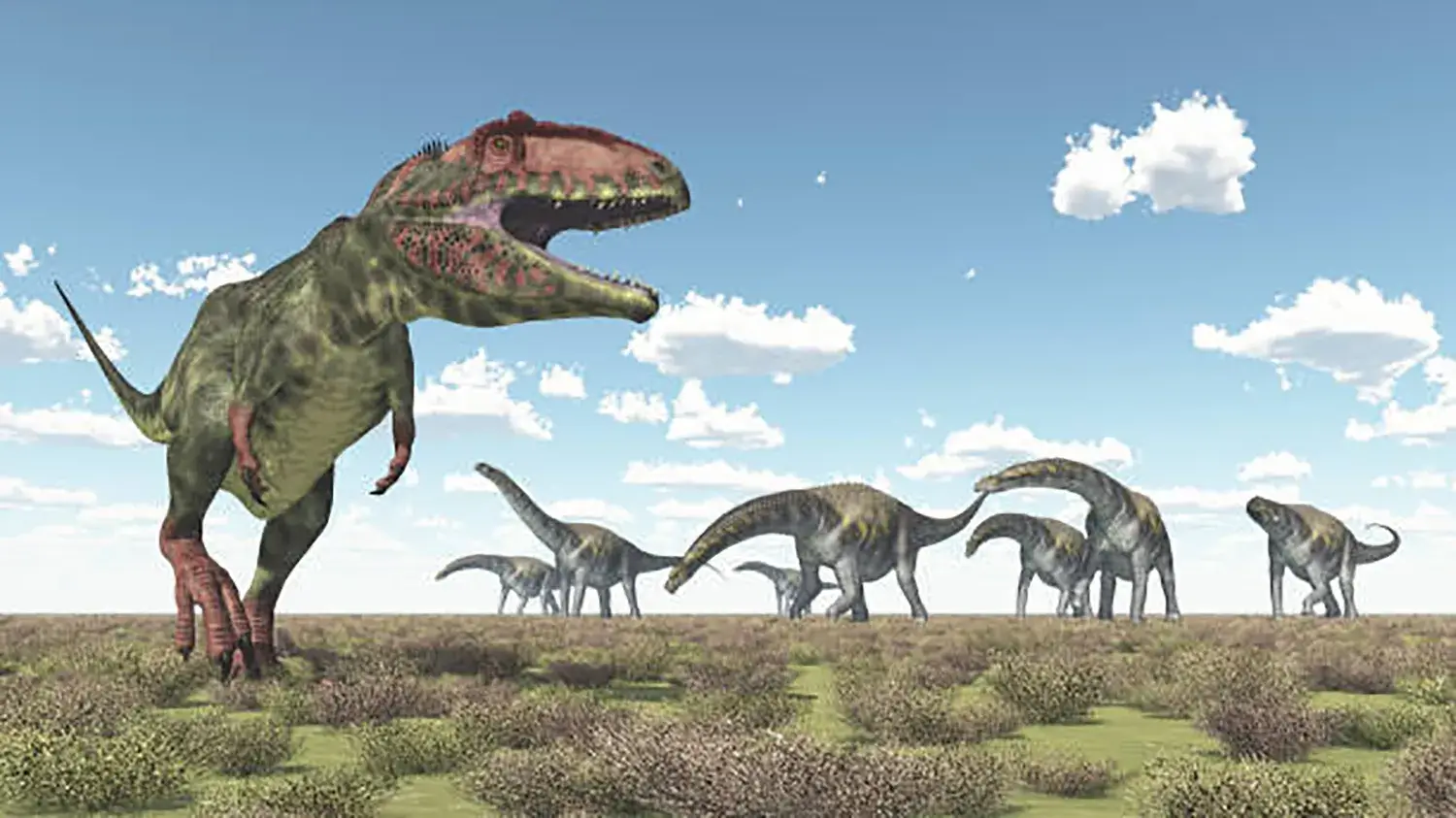

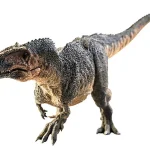
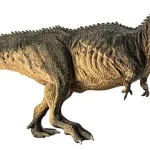
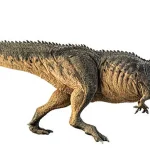
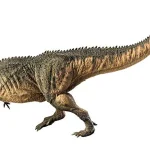
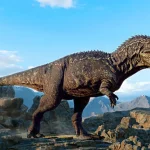

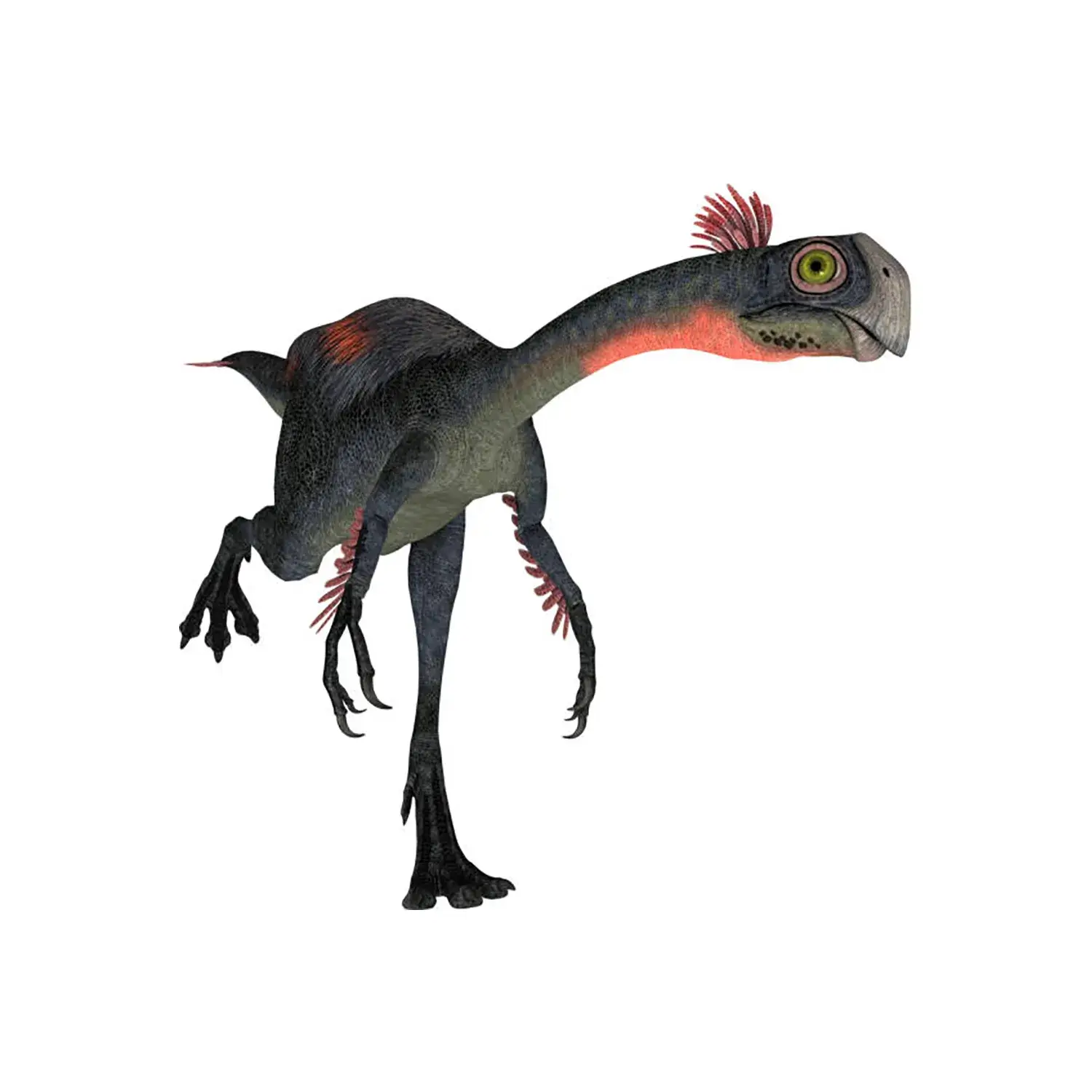
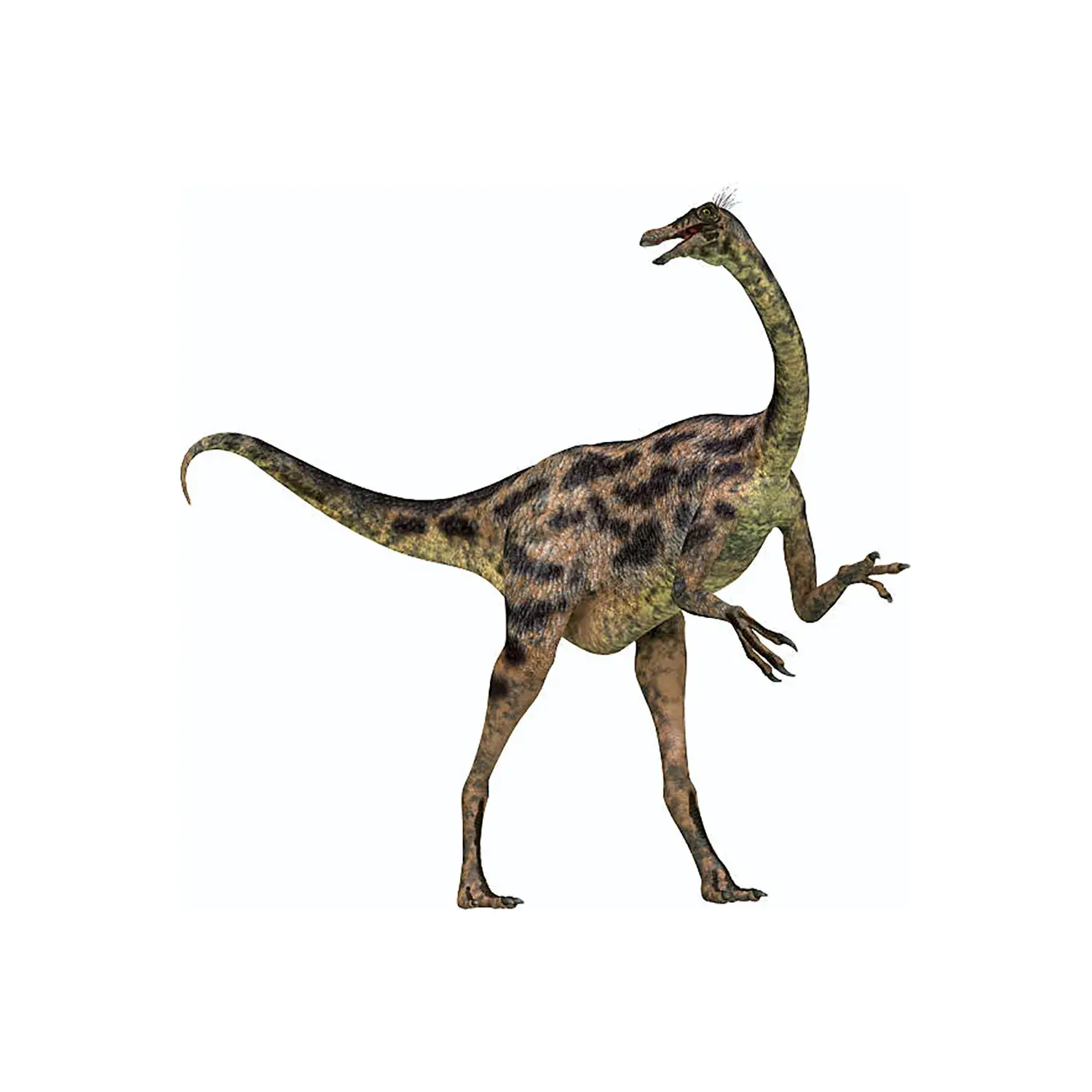

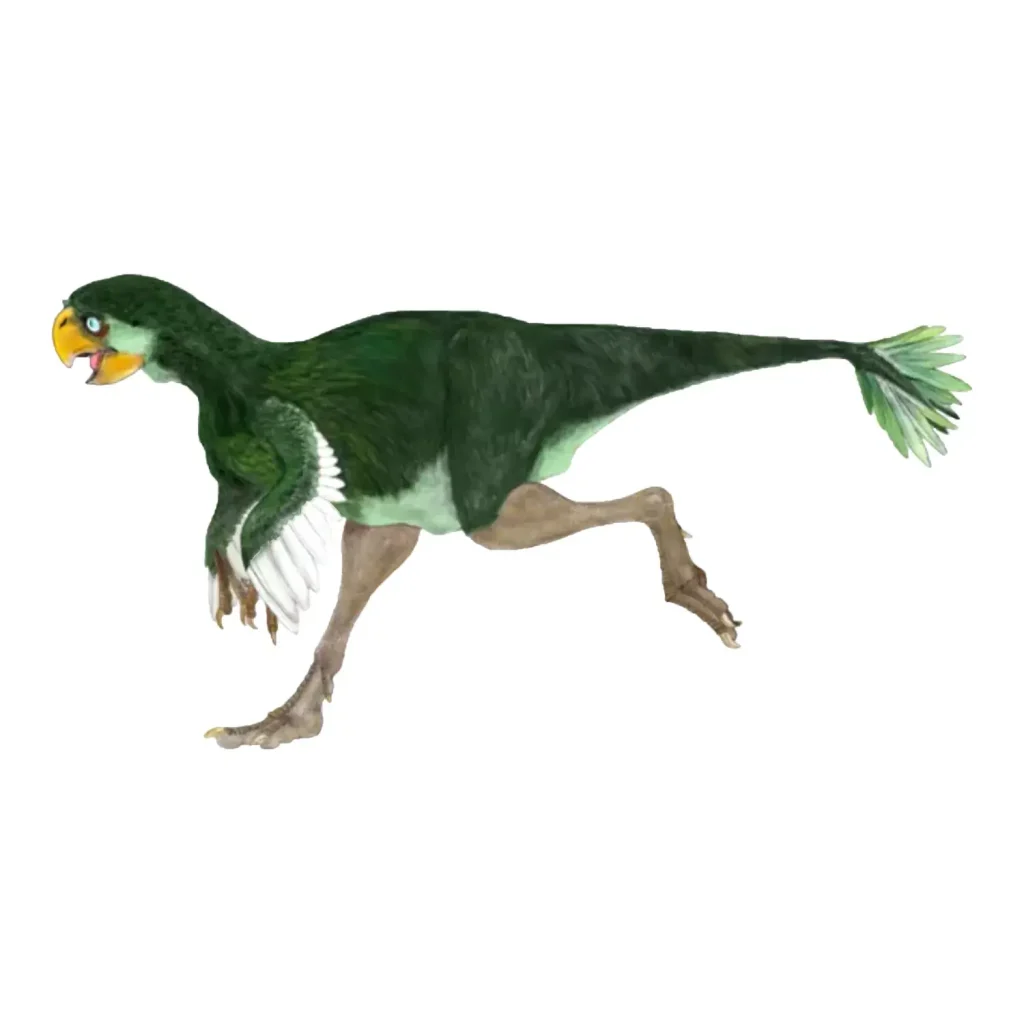
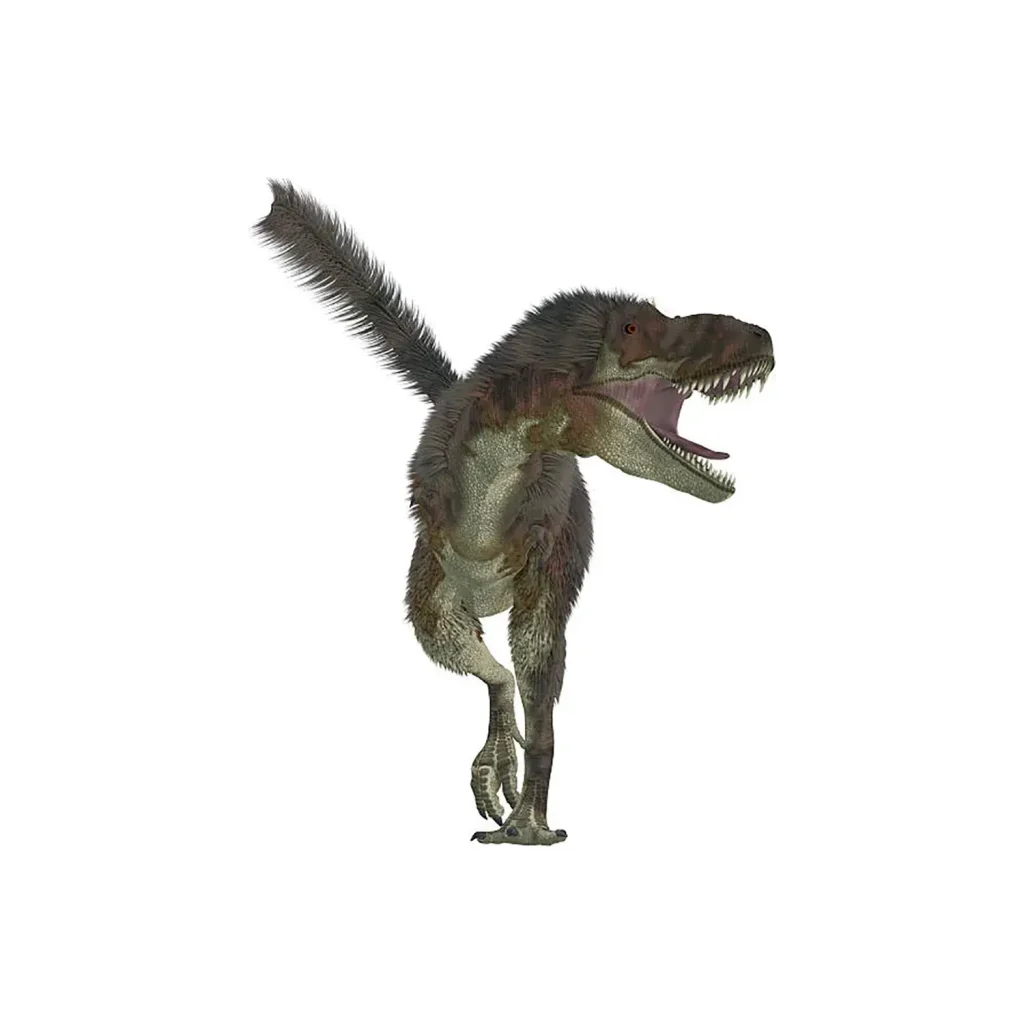
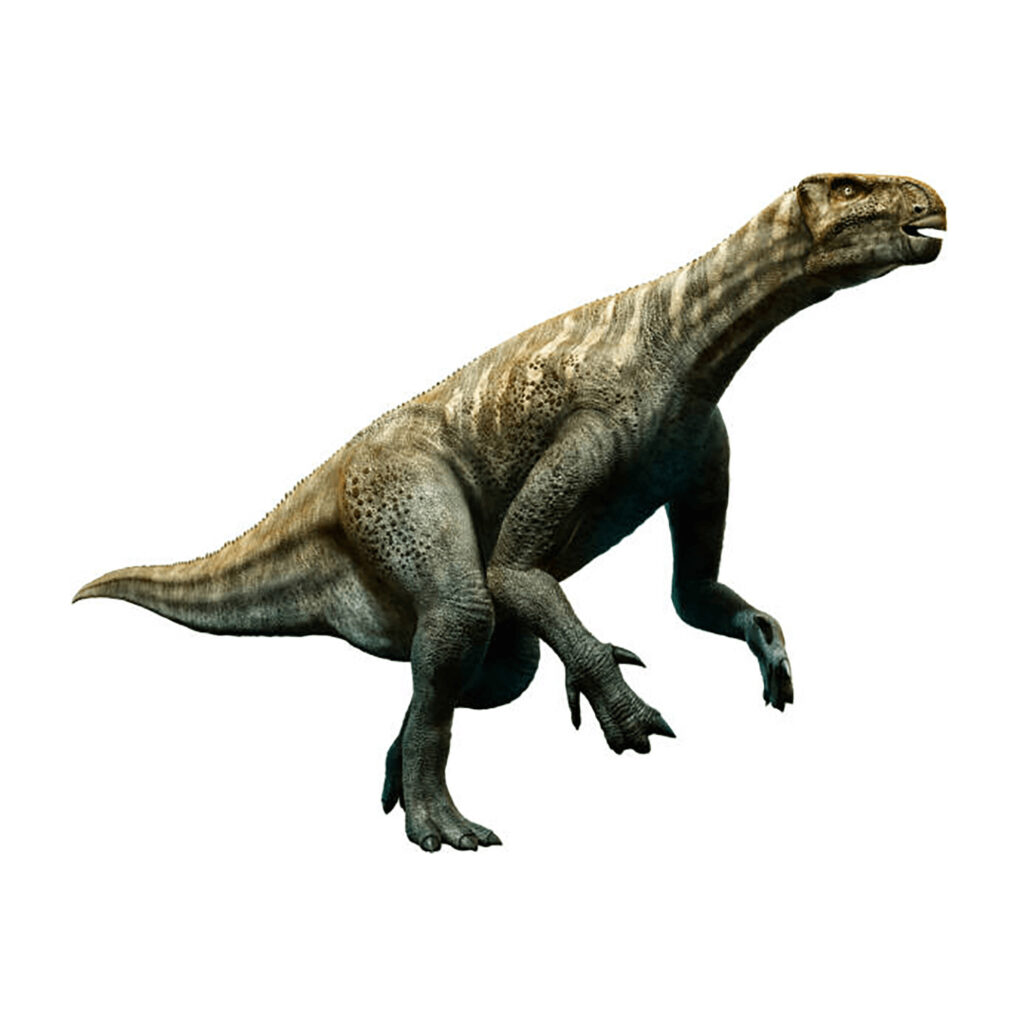
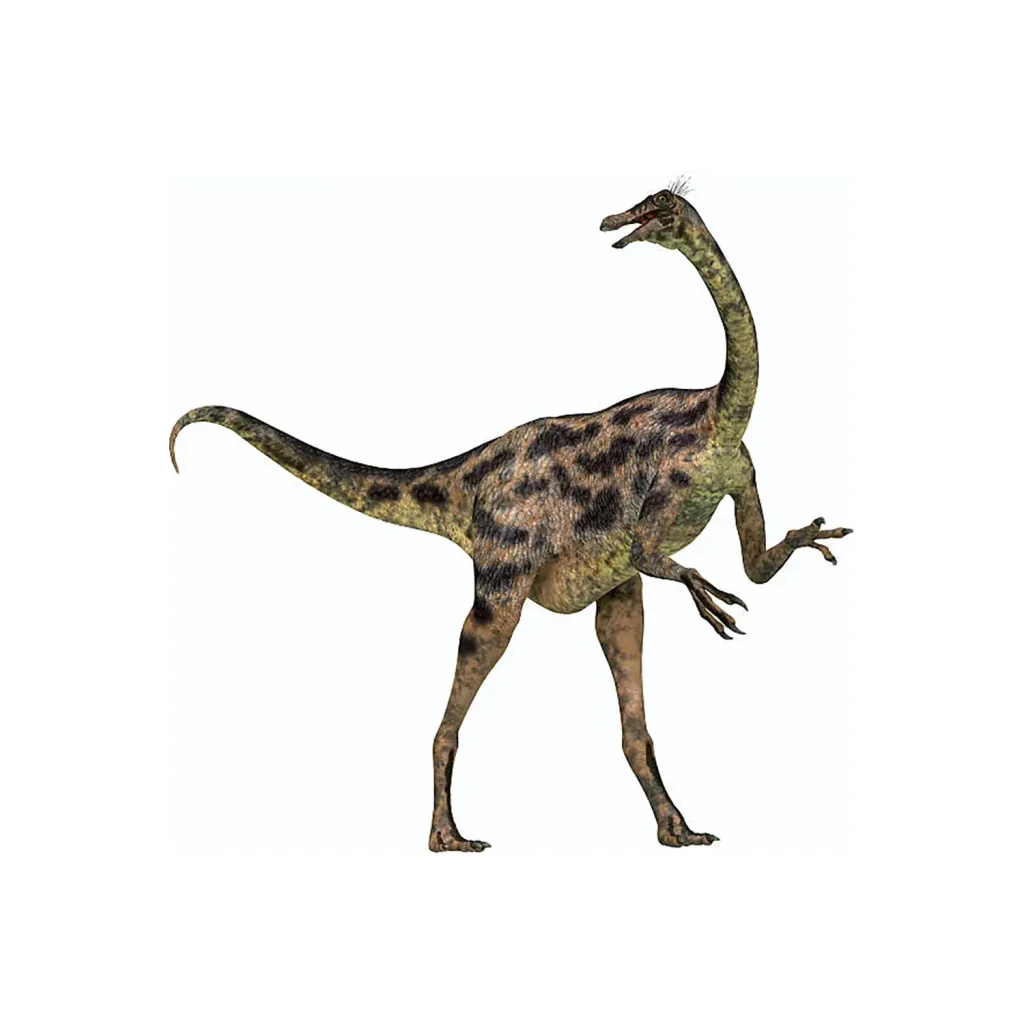













Description
Giganotosaurus was a large carnivorous dinosaur that lived in South America (modern-day Argentina) during the Late Cretaceous period.
Its name, which means “giant southern lizard” in ancient Greek, was given after the first fossil was discovered in 1993. Since then, it has been known as a contender for the title of the largest carnivorous dinosaur ever, alongside Tyrannosaurus and Spinosaurus.
Huge Body and a Storied Past
Upon its discovery, Giganotosaurus was estimated to be 14 meters long, surpassing Tyrannosaurus as the largest carnivorous dinosaur ever and attracting global attention.
However, there is a little-known story behind that estimate.
While a full Giganotosaurus skeleton was found, a large portion of its skull was missing.
The paleontologists at the time overestimated the size of the missing parts in their reconstruction, which led to an overinflated estimate of its body length.
This mistake was later corrected, and its length is now thought to be between 12 and 13 meters.
Still, with a skull measuring 1.5 meters, its body was robust and powerfully built.
It is still considered to be slightly larger than Tyrannosaurus (up to about 13m), and its massive presence continues to fascinate many people today.
Astonishing Hunting Ability and Social Behavior
Giganotosaurus was a true hunter, with three sharp claws on its forelimbs and a powerful jaw for attacking prey.
Its head is believed to have been up to 1.9 meters long.
In the vast lands of South America, Giganotosaurus lived alongside gigantic sauropods in the same period and location.
It may have been one of the few theropods capable of taking down such enormous prey.
It is also theorized that it hunted in packs.
The discovery of at least seven skeletons of closely related large theropods found together is considered strong evidence that they engaged in cooperative hunting in small groups.
While Giganotosaurus had high combat ability on its own, by working together in a group, it is believed to have preyed on super-sized dinosaurs like Argentinosaurus.
It is believed to have preyed on super-sized dinosaurs like Argentinosaurus
Reasons for Its Popularity and Unfortunate Fate
Due to the downward revision of its body length, Giganotosaurus has now ceded the title of the largest carnivorous dinosaur to Spinosaurus (over 15m).
The estimates of its true length vary among researchers, and the definitive “king” has yet to be determined.
However, despite this unfortunate history, the popularity of Giganotosaurus has not waned; in fact, it has grown.
Its romantic presence as a gigantic carnivorous dinosaur has captured the hearts of many people, and it continues to be featured as a star in various media.
Note
There was a time when some sauropods were referred to by the name “Gigantosaurus.”
Please be aware that this can be easily confused with Giganotosaurus.